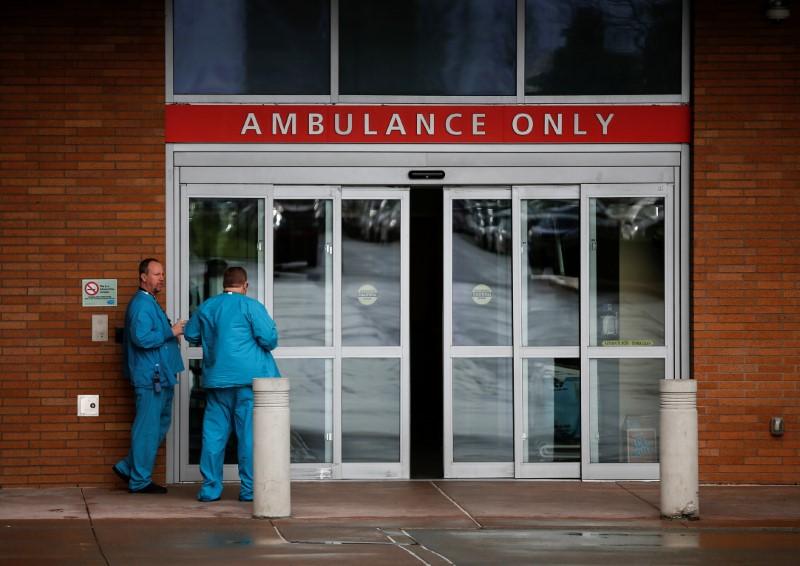Patients across the United States who earlier tested positive for COVID-19 have fully recovered.
Maryland’s first three patients have fully recovered after becoming infected while on a cruise on the Nile River.


Patients across the United States who earlier tested positive for COVID-19 have fully recovered.
Maryland’s first three patients have fully recovered after becoming infected while on a cruise on the Nile River.